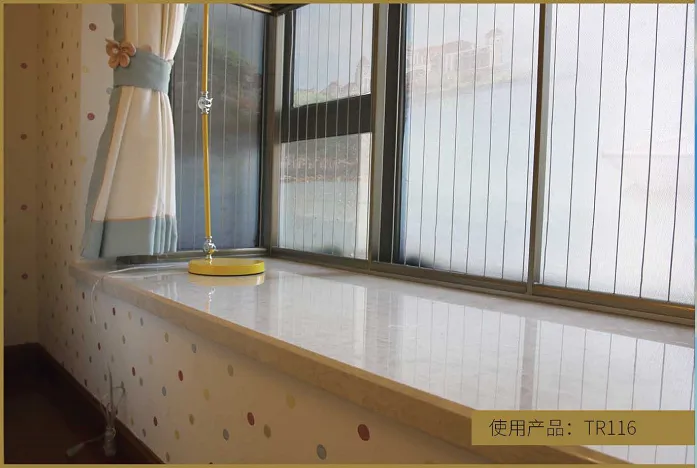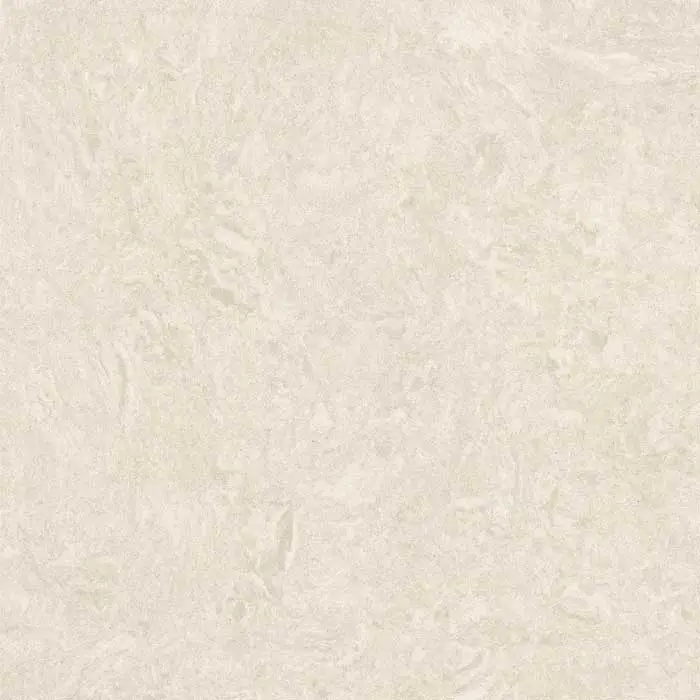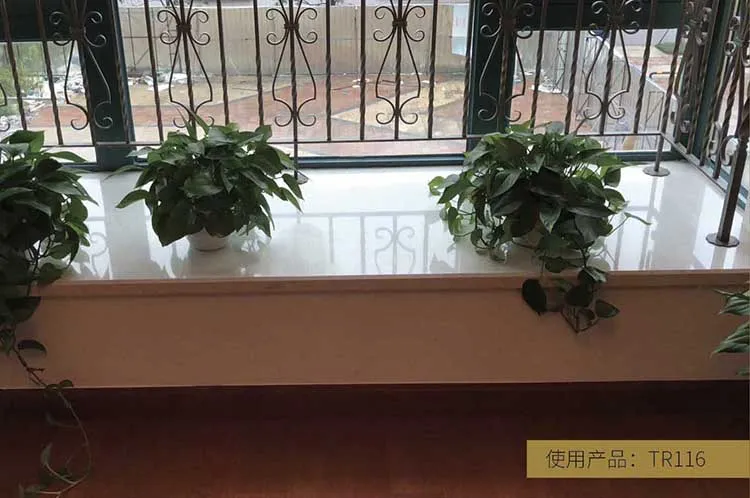In modern kitchen and bathroom decoration, the choice of countertop materials is a key link in combining design and practical functions. When consumers choose countertop materials, in addition to paying attention to appearance and durability, they are more concerned about whether "seamless splicing" can be achieved. Seamless countertops are not only beautiful and uniform, but also avoid dirt accumulation, improve cleaning convenience and overall space quality.
So, which countertops are truly seamless countertops? This article will focus on this core issue and deeply analyze the splicing methods, process principles and performance differences of various common countertop materials, focusing on comparing the performance of quartz stone countertops and artificial stone countertops in terms of "seamless" properties, and explore the judgment criteria, construction technology and applicable scenarios of seamless countertops.

What is a "seamless countertop"?
Before we start comparing various countertop materials, we need to clarify the meaning of "seamless". The so-called "seamless countertop" does not mean "no splicing" in an absolute sense, but it achieves the following three points in terms of vision, touch and structure:
1. No obvious gap at the joint
When different countertop boards are spliced, no visible seams or color differences can be seen at the joints.
2. No convexity or depression at the joint
Touching the joint with your hand, it feels smooth and has no step difference.
3. The strength of the joint is stable and not easy to crack
No structural cracks will appear at the joint under long-term use, and the glue seam will not fall off.
It can be seen that seamlessness is a comprehensive evaluation standard of vision, structure and use experience, which depends not only on the material itself, but also on the processing method and construction technology.

Common countertop materials and whether they can achieve seamless splicing
The mainstream countertop materials on the market currently include: artificial stone countertop, quartz stone countertop, natural stone, stainless steel, rock slab, tile countertop, solid wood countertop, etc. The characteristics of different materials determine whether they are suitable for achieving "seamless".
We will analyze them one by one and focus on the seamless capabilities of quartz stone countertops and artificial stone countertops.
1. Artificial stone countertop: a truly seamless splicing material
Artificial stone countertop is a composite material made of acrylic, epoxy resin or unsaturated polyester resin as the main components and natural mineral fillers.
✔ Can achieve truly seamless splicing:
• Hot melt splicing technology
Artificial stone countertops can be hot-melt bonded using special splicing glue. After pressing, grinding and polishing, the joint position is almost invisible, achieving a truly "seamless" effect.
• Glue color is consistent with the countertop
Artificial stone countertop manufacturers usually provide splicing glue that is exactly the same as the panel color, so that the color of the splicing is the same as the body.
• Overall polishing treatment
After installation, the entire countertop can be uniformly polished and polished, and the joint is highly consistent with the overall panel, with no difference in feel.
✔ Suitable for complex shapes:
• Curved shape splicing
Due to its strong thermoplasticity, artificial stone countertop can be spliced in curved shapes by heating, and still maintain a seamless effect.
• One-piece under-counter basin
The sink and artificial stone countertop can be seamlessly combined to avoid water stains and leakage, greatly improving cleaning efficiency and sanitation safety.
Summary:
In all applications of artificial stone countertop, its seamless feature is one of the most prominent advantages. Whether it is straight splicing, corner splicing or special-shaped splicing, it can achieve "seamless integration" in terms of vision and touch, and is the first choice for truly seamless countertop materials.
2. Quartz stone countertop: high strength, but difficult to achieve true seamlessness
Quartz stone countertop is a composite material made of more than 90% natural quartz sand mixed with resin, pigment, etc. under high temperature and high pressure. It has extremely high hardness, excellent scratch resistance and stain resistance, and is a very popular high-end countertop material in the current market.
✘ There are seams in the splicing:
• High hardness, cannot be hot-melt processed
Quartz stone countertops cannot be hot-melt spliced because their hardness is much higher than that of artificial stone. Even if special splicing glue is used, it is difficult to achieve true "seamlessness".
• Seams can only be filled with splicing glue
Quartz stone countertops are usually spliced with AB structural glue or special splicing glue for quartz stone, and polished after splicing to achieve visual beauty. However, if you look closely, you can still see subtle seams.
• Difficulty in pattern alignment
Many quartz stone countertops have natural textures such as marble and water patterns. It is difficult to achieve seamless pattern connection when splicing, which has become a limiting factor for not being truly "seamless".
△ "Near-seamless" effect can be achieved:
Through fine construction technology, quartz stone countertop can achieve a "quasi-seamless" effect with extremely fine joints and smooth surface:
• Precision cutting and edge grinding to reduce gaps;
• Use joint glue that matches the color of quartz stone;
• Reasonable design of joint position to avoid the visual center;
• Polishing to improve the flatness of joints.
However, it should be clearly pointed out that even if the construction is more fine, a very thin seam will still remain at the joint of quartz stone countertop, which is still visible under strong light, and it cannot achieve the seamless effect of one-piece molding of artificial stone countertop.
Summary:
Although quartz stone countertop cannot achieve truly seamless joints, it still has extremely high practical value in kitchens, bathrooms and other spaces due to its high strength, high hardness and strong stain resistance. Through high-standard construction technology, a near-"seamless" visual effect can be achieved, but it still cannot be classified as a "truly seamless countertop".
3. The joints of other countertop materials
In order to have a more comprehensive understanding of which countertops are seamless, the joint capabilities of several other common countertop materials are briefly described:
① Natural stone countertops (such as granite and marble)
• Generally cannot be seamlessly joined;
• The pattern of natural stone is irregular and difficult to join;
• The hardness is high and the joint glue treatment effect is poor;
• It is easy to have obvious joints and color differences;
• It belongs to a "jointed countertop".
② Rock slab countertop
• Rock slabs are high in density, fragile, and difficult to cut;
• The joints are difficult to handle;
• The joints may still appear after using special glue;
• Fine joints can be achieved but not truly seamless.
③ Stainless steel countertops
• One-piece molding in the factory can achieve a "seamless" structure;
• However, the shape is limited and the aesthetics is low;
• The welded joints can be basically seamless after grinding.
④Solid wood countertops
• Material properties determine that it is not suitable for splicing;
• Seamlessness cannot be achieved;
• There are problems of thermal expansion and contraction deformation.

Key factors affecting the seamless effect of countertops
To achieve a truly seamless countertop, it is not enough to rely on the material itself, but also need to pay attention to the following factors:
1. Plasticity and adhesion of materials
• Artificial stone countertops have thermoplasticity and good bonding properties;
• Quartz stone countertops have high hardness and cannot be thermoplastic, so they can only be cold spliced and glued;
• The physical properties of the material determine whether it can achieve seamlessness.
2. Splicing glue quality and color matching
• Whether the splicing glue is consistent with the color of the countertop directly affects the visibility of the splicing seam;
• Artificial stone countertop manufacturers usually have special glue;
• Quartz stone countertops are difficult to completely match the color.
3. Installation process
• Whether the splicing and cutting are accurate;
• Whether the glue joints are pressed sufficiently;
• Whether the polishing is in place;
Although quartz stone countertops cannot be hot-melted, high-quality splicing technology can minimize the visual gap.

Which countertops are truly seamless?
Comprehensive analysis of various common countertop materials, combined with material properties, splicing technology and visual effects, can draw the following conclusions:
| Material type | Is it truly seamless? | Splicing method | Visibility of the seam | Recommended uses |
| Artificial stone countertop | ✅ Yes | Hot melt glue + grinding and polishing | Basically invisible | Kitchen, bathroom, high-end space |
| Quartz stone countertop | ❌ No (only quasi-seamless) | Splicing glue + grinding and polishing | Weakly visible | Kitchen, commercial countertops |
| Natural stone | ❌ No | Cold splicing + glue pouring | Clearly visible | Special decorative areas |
| Rock countertop | ❌ No | High temperature glue + docking | Visible | Central island countertops, walls |
| Stainless steel countertop | ✅ Yes | Welding + grinding | Not obvious | Industrial kitchen |
| Solid wood countertop | ❌ No | Patchwork splicing | Clearly visible | B&B, catering |
Artificial stone countertops are currently the only material that can widely achieve true "seamless splicing" and are suitable for most spaces with high requirements for detail beauty and hygiene. Although quartz stone countertops have high hardness and stable performance, due to the physical limitations of the material, there will always be slight seams at the splicing, which cannot meet the truly seamless standards and can only be regarded as "quasi-seamless".
When choosing a seamless countertop, it is recommended to consider the space requirements, budget, functionality, and aesthetics. In the scene that pursues the ultimate integrated visual effect, artificial stone countertops are the ideal choice; in kitchen applications that emphasize practicality and durability, quartz stone countertops still have irreplaceable advantages.

